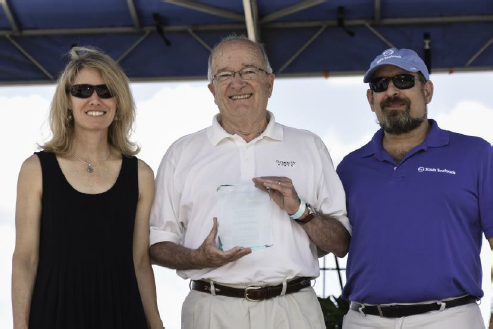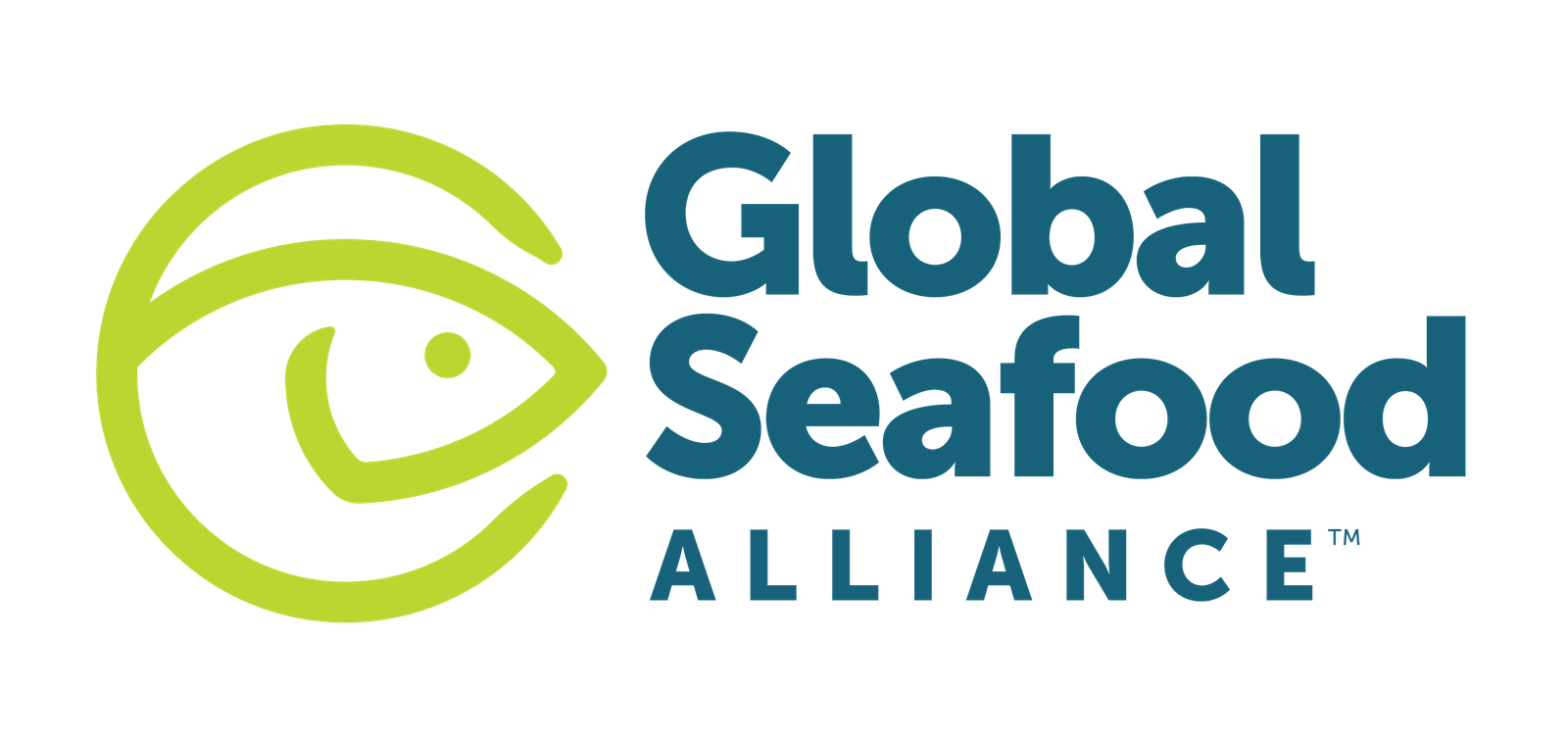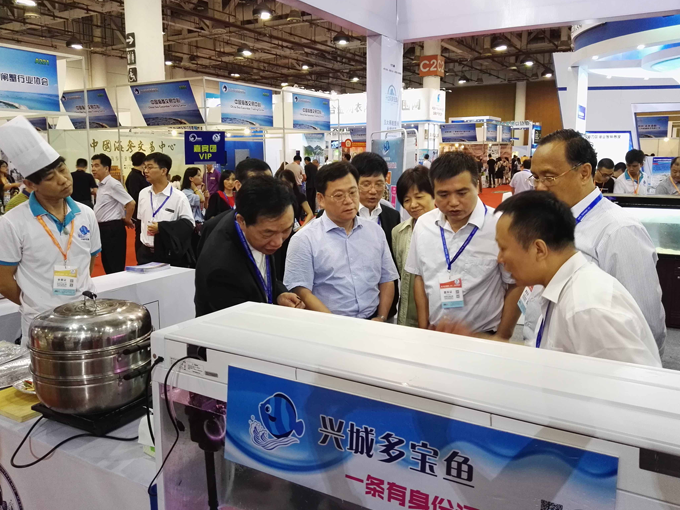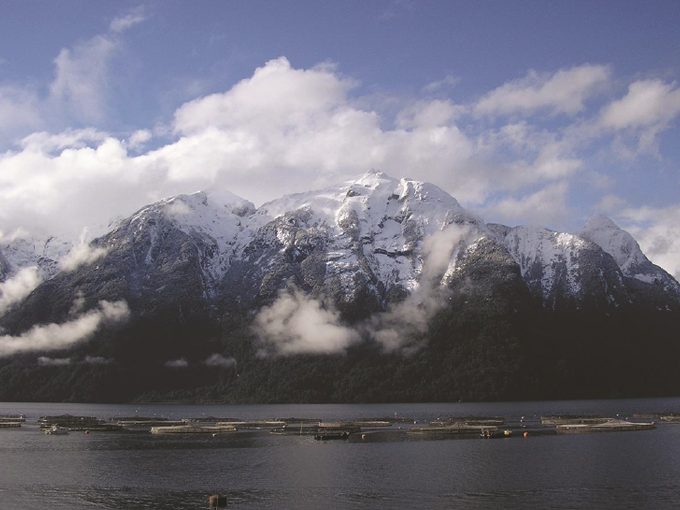
Wally Stevens Inducted into Boston Seafood Hall of Fame
Congratulations to Global Aquaculture Alliance’s Wally Stevens, who was inducted into the Boston Seafood Hall of Fame by the Boston Fisheries Foundation during the 6th Annual Boston Seafood Festival on Aug. 13. Stevens was honored as the 2017 inductee for his nearly 50 years of work in the seafood industry promoting responsible practices. Over the






